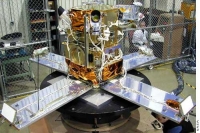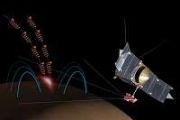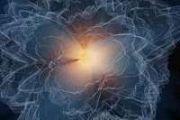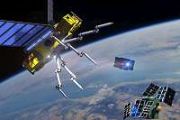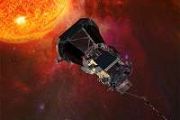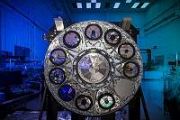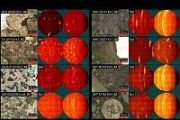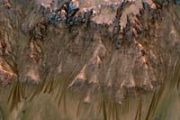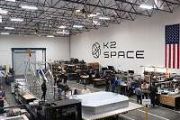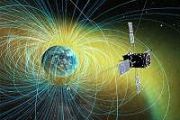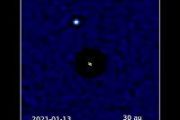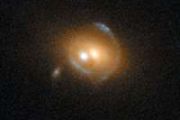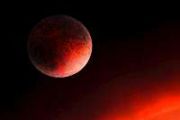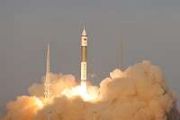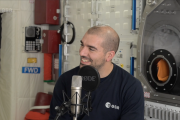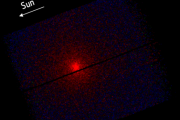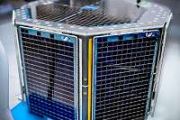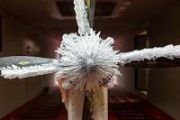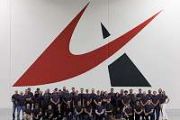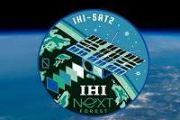The High Energy Transient Explorer (abbreviated HETE; also known as Explorer 79) was an American astronomical satellite with international participation (mainly Japan and France). The prime objective of HETE was to carry out the first multiwavelength study of gamma-ray bursts with UV, X-ray, and gamma-ray instruments mounted on a single, compact spacecraft. A unique feature of the HETE mission was its capability to localize GRBs with ~10 arc second accuracy in near real time aboard the spacecraft, and to transmit these positions directly to a network of receivers at existing ground-based observatories enabling rapid, sensitive follow-up studies in the radio, IR, and optical bands. The satellite bus for the first HETE was designed and built by AeroAstro, Inc. of Herndon, VA; the replacement satellite, HETE-2, was built by MIT based on the original HETE design.
Launch attempts
The first HETE was lost during the launch on Nov.4, 1996. The Pegasus rocket achieved a good orbit, but explosive bolts releasing HETE from another satellite (Argentina's SAC-B) and from its DPAF envelope failed to charge, dooming both satellites. A battery on the third stage of the rocket and responsible for these bolts cracked during the ascent.
A second HETE satellite, HETE-2, was launched on October 9, 2000 in a follow-up mission. It was similar to the first HETE, but replaced the UV camera with an additional X-ray camera (Soft X-ray Camera or SXC) capable of higher localization accuracy than the original X-ray instrument (Wide-Field X-ray Monitor or WXM).

